Category: Brain
-

Thought generated speech
Edward Chang and UCSF colleagues are developing technology that will translate signals from the brain into synthetic speech. The research team believes that the sounds would be nearly as sharp and normal as a real person’s voice. Sounds made by the human lips, jaw, tongue and larynx would be simulated. The goal is a communication method for…
-
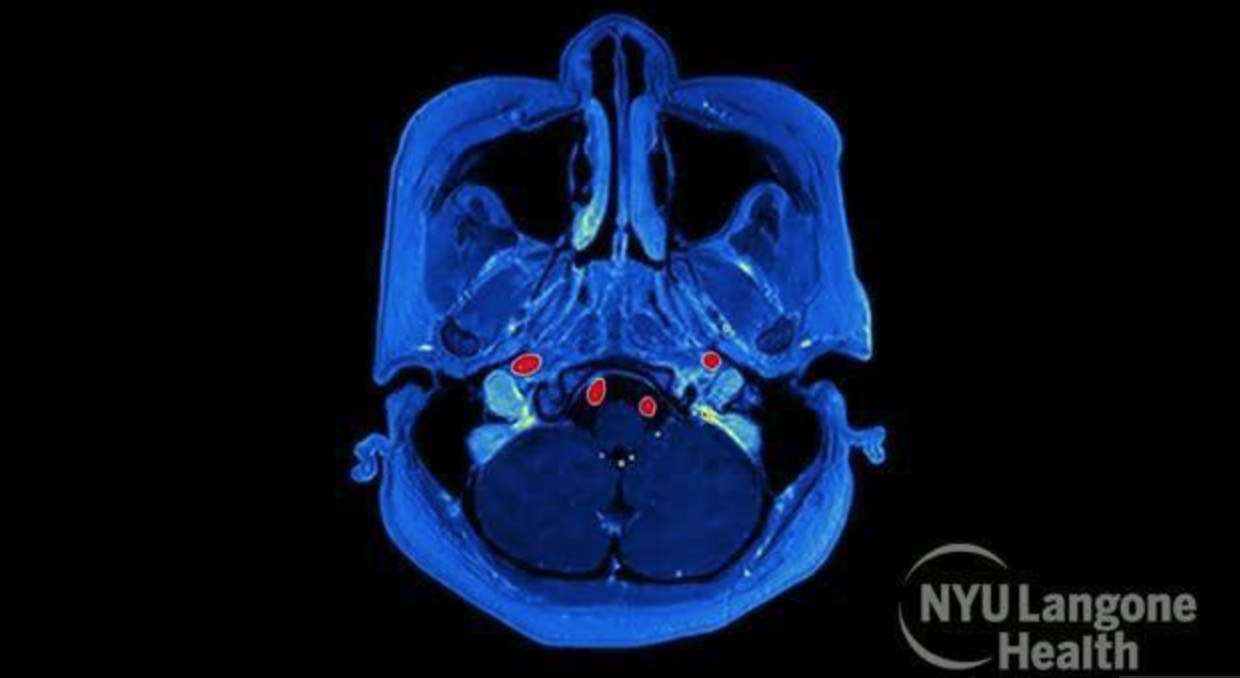
Voice-detected PTSD
Charles Marmar, Adam Brown, and NYU colleagues are using AI-based voice analysis to detect PTSD with 89 per cent accuracy, according to a recent study. PTSD is typically determined by bias-prone clinical interviews or self-reports. The team recorded standard diagnostic interviews of 53 Iraq and Afghanistan veterans with military-service-related PTSD, as well as 78 veterans without…
-
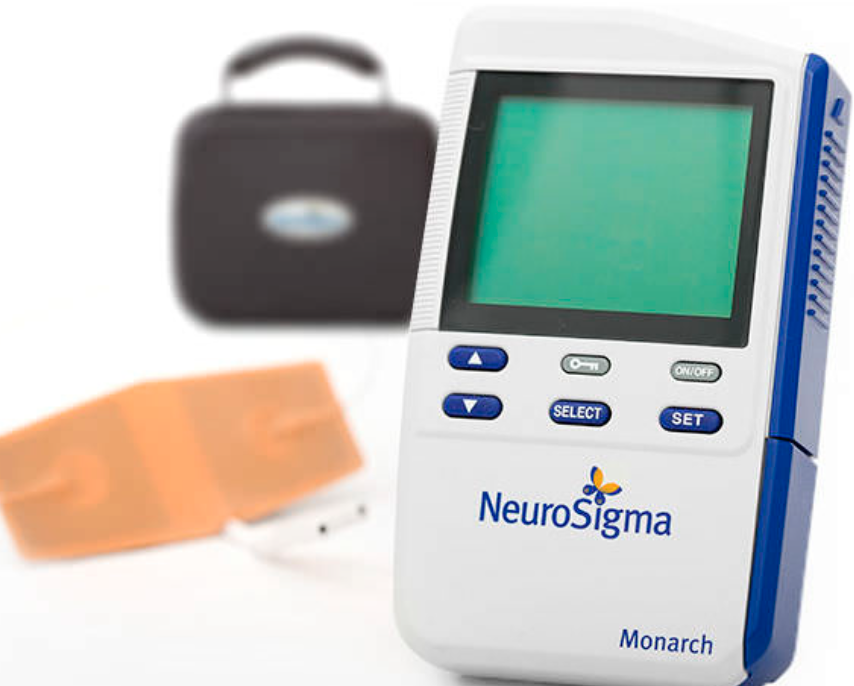
Trigeminal nerve stimulation to treat ADHD
NeuroSigma has received FDA clearance for its forehead patch which stimulates the trigeminal nerve during sleep to treat ADHD. The device won CE Mark approval in Europe in 2015. The approval was based on study of 62 subjects. Over four weeks, those who received the treatment showed a decrease in ADHD-RS by -31.4%. The control group showed a -18.4% decrease.…
-
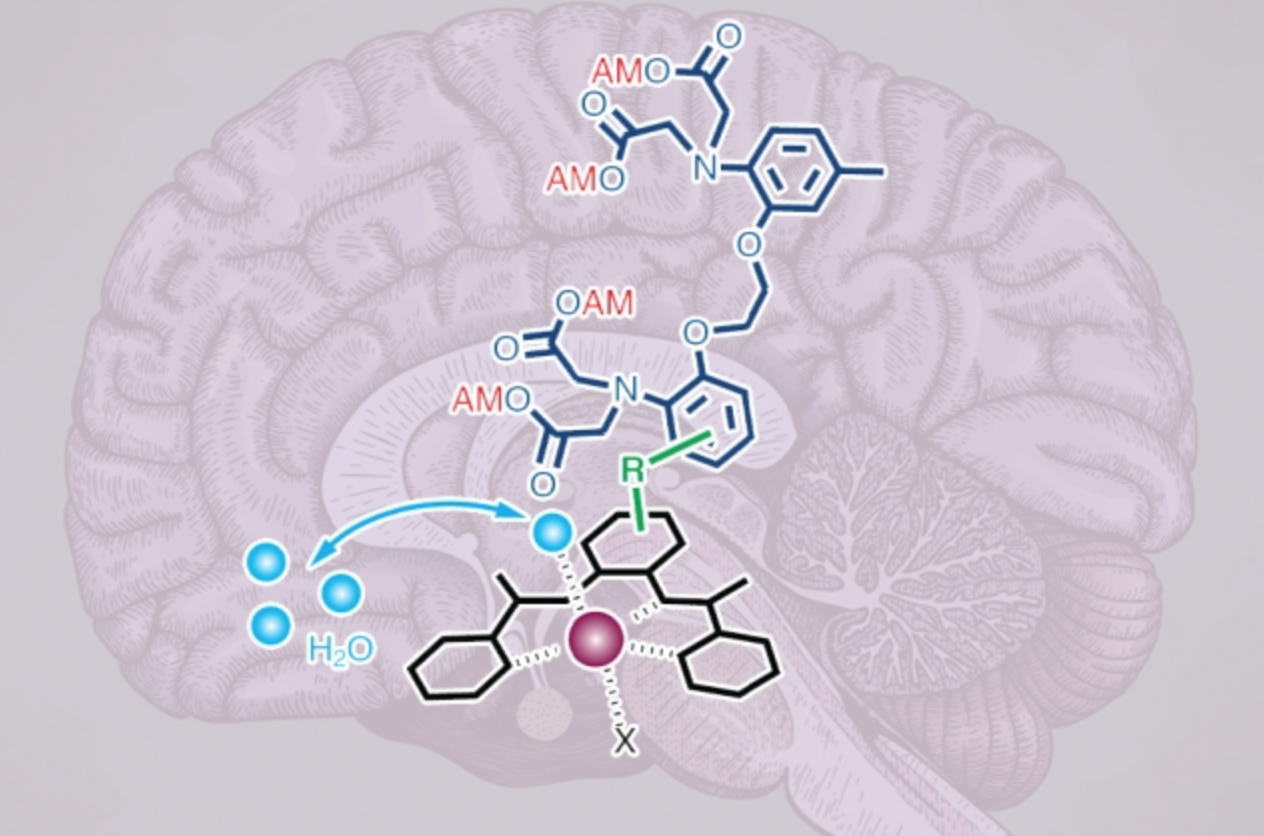
MRI detected intracellular calcium signaling
Alan Jasanoff and MIT colleagues are using MRI to monitor calcium activity at a much deeper level in the brain than previously possible, to show how neurons communicate with each other. The research team believes that this enables neural activity to be linked with specific behaviors. To create their intracellular calcium sensors, the researchers used…
-
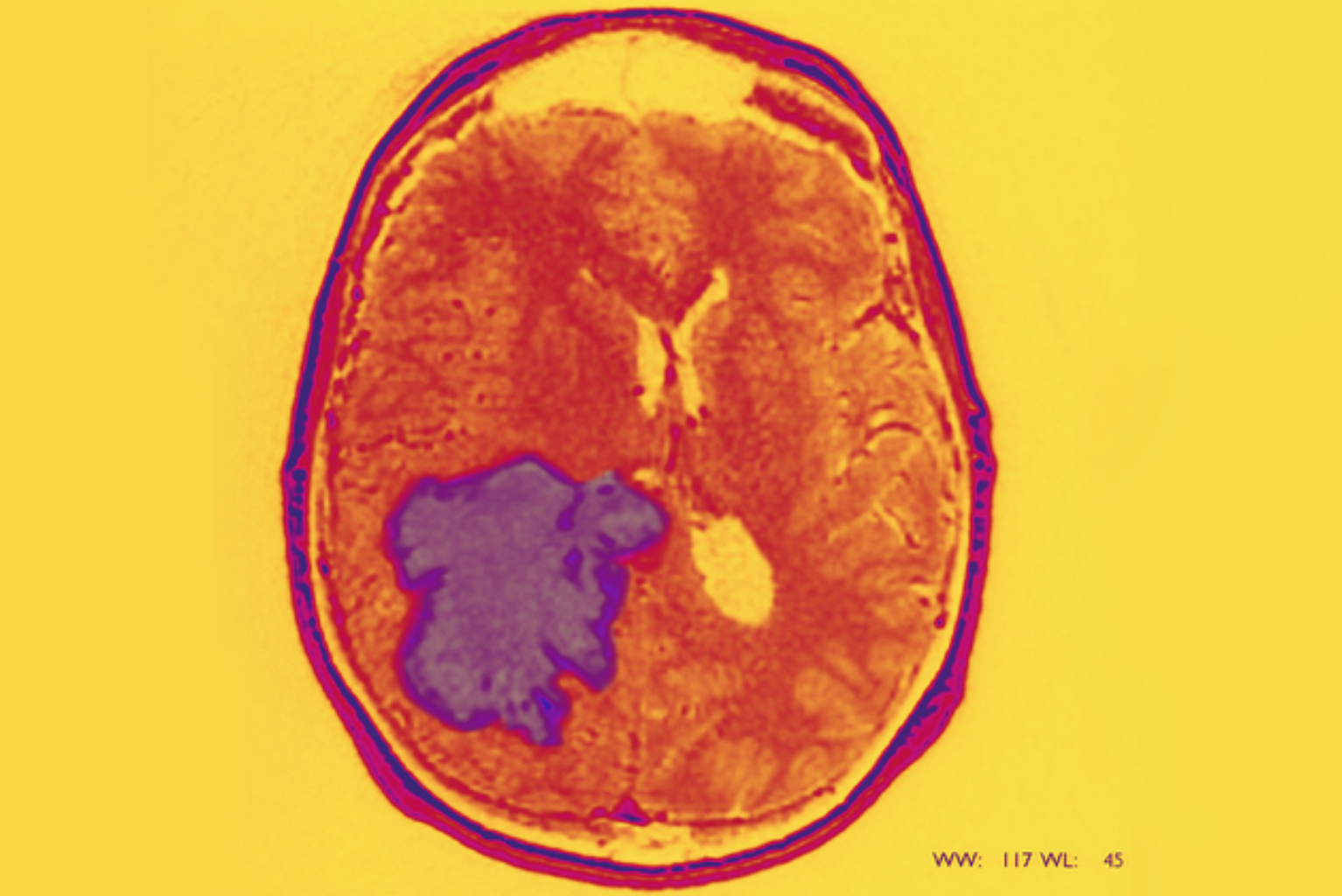
Starving cancer stem cells as a new approach to glioblastoma
Luis Parada and Sloan Kettering colleagues are focusing on cancer stem cells as a new approach to glioblastoma. Like normal stem cells, cancer stem cells have the ability to rebuild a tumor, even after most of it has been removed, leading to cancer relapse and metastasis. According to Parada: “The pharmaceutical industry has traditionally used…
-

“Monorail” could halt spread of brain tumors
Duke’s Ravi Bellamkonda has developed a “Tumor Monorail” which tricks aggressive brain tumors such as glioblastoma into migrating into an external container rather than throughout the brain. It has been designated “Breakthrough Device” by the U.S. Food and Drug Administration (FDA). The device mimics the physical properties of the brain’s white matter to entice aggressive tumors to…
-

Neural signals translated into speech
Columbia University’s Nima Mesgarani is developing a computer-generated speech method for those who are unable to talk. How brain signals translate to speech sounds varies from person to person, therefore computer models must be trained individually. The models are most successful when used during open skull surgeries, to remove brain tumors or when electrodes are…
-
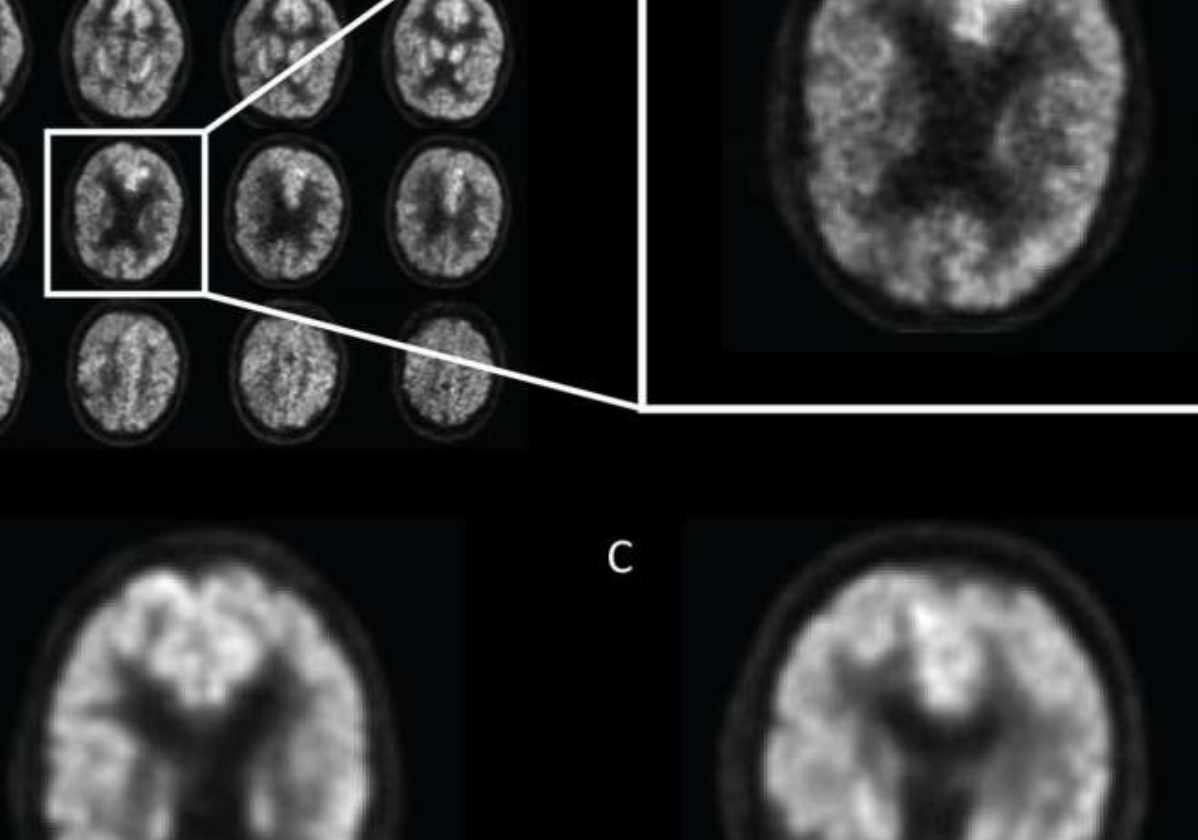
Alzheimer’s detected by AI 6 years before diagnosis
In a recent study, Jae Ho Sohn and UCSD colleagues used an AI to analyze glucose-monitoring PET scans to detect early-stage Alzheimer’s disease six years before diagnosis. The algorithm was trained on PET scans from patients who were eventually diagnosed with Alzheimer’s disease, MCI, or no disorder. It was able to identify 92% of patients who…
-
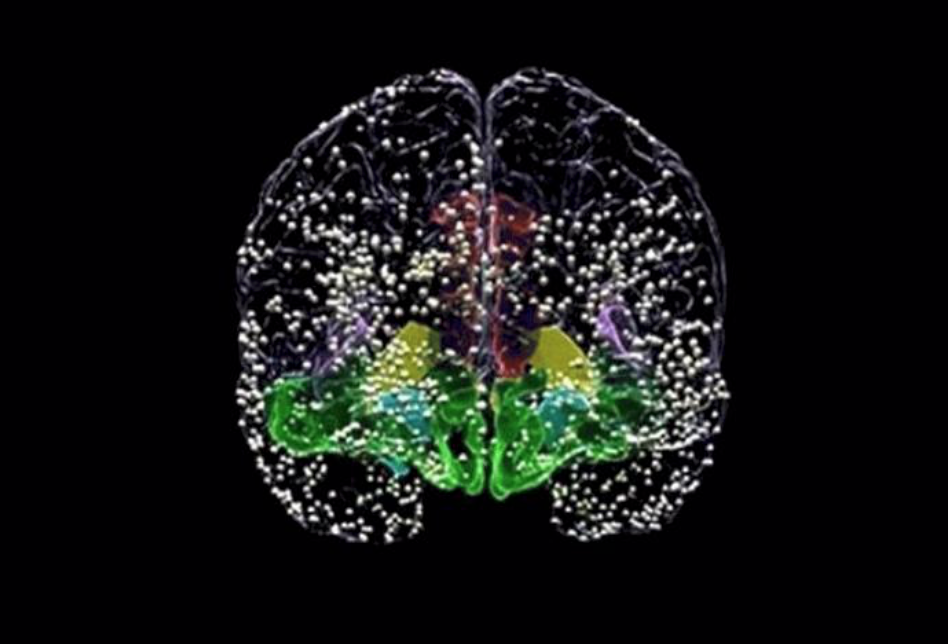
DARPA-developed closed loop therapies for neuropsychiatric illness
Led by Justin Sanchez, DARPA’s SUBNETS program develops responsive, adaptable, personalized closed-loop therapies for neuropsychiatric illness that incorporate recording and analysis of brain activity with near-real-time neural stimulation to correct or mitigate brain dysfunction. The technology detects ongoing dynamic changes in brain activity associated with fluctuations in mood, and uses the data to deliver precisely…
-
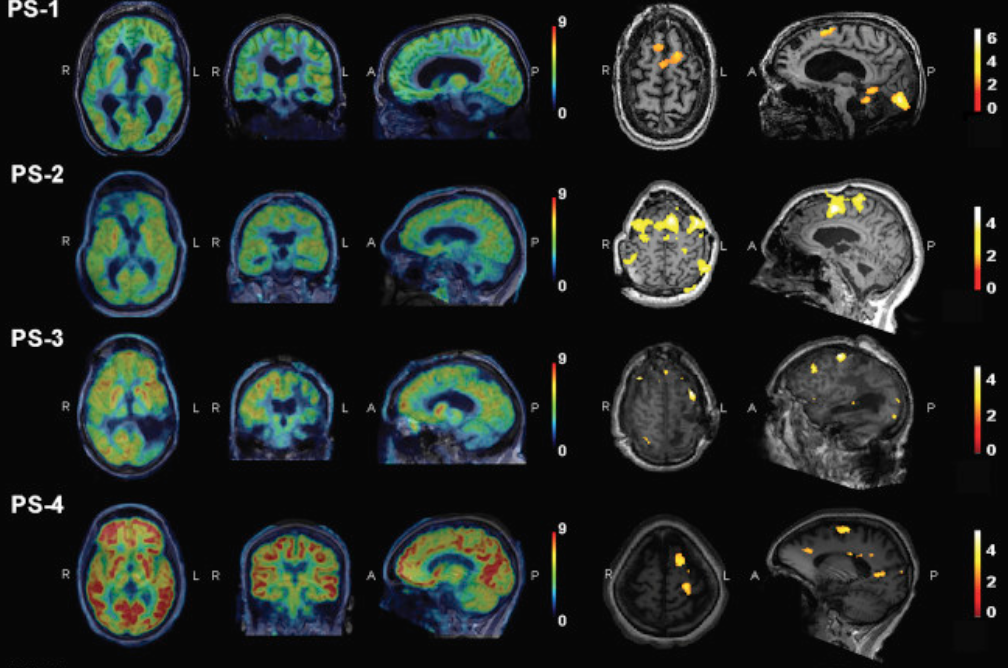
EEG identifies cognitive motor dissociation
Nicholas Schiff and Weill Cornell colleagues have developed an EEG-based method for measuring the delay in brain processing of continuous natural speech in patients with severe brain injury. Study results correlated with fMRI obtained evidence, commonly used to identify the capacity to perform cognitively demanding tasks. EEG can be used for long periods, and is cheaper and…
-
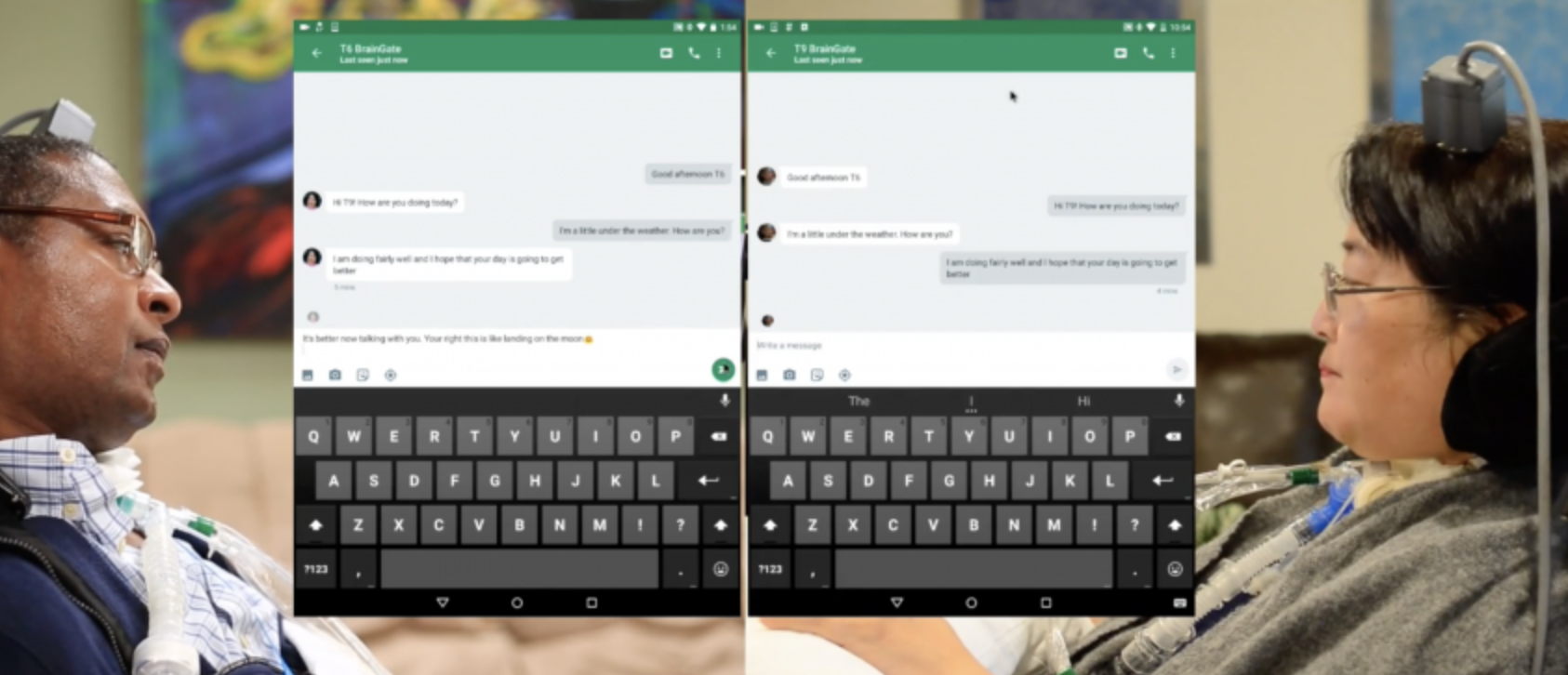
Thought controlled tablets
The BrainGate/Brown/Stanford/MGH/VA consortium has published a study describing three teraplegic patients who were able to control an off the shelf tablet with their thoughts. They surfed the web, checked the weather and shopped online. A musician played part of Beethoven’s “Ode to Joy” on a digital piano interface. The BrainGate BCI included a small implant that…
-
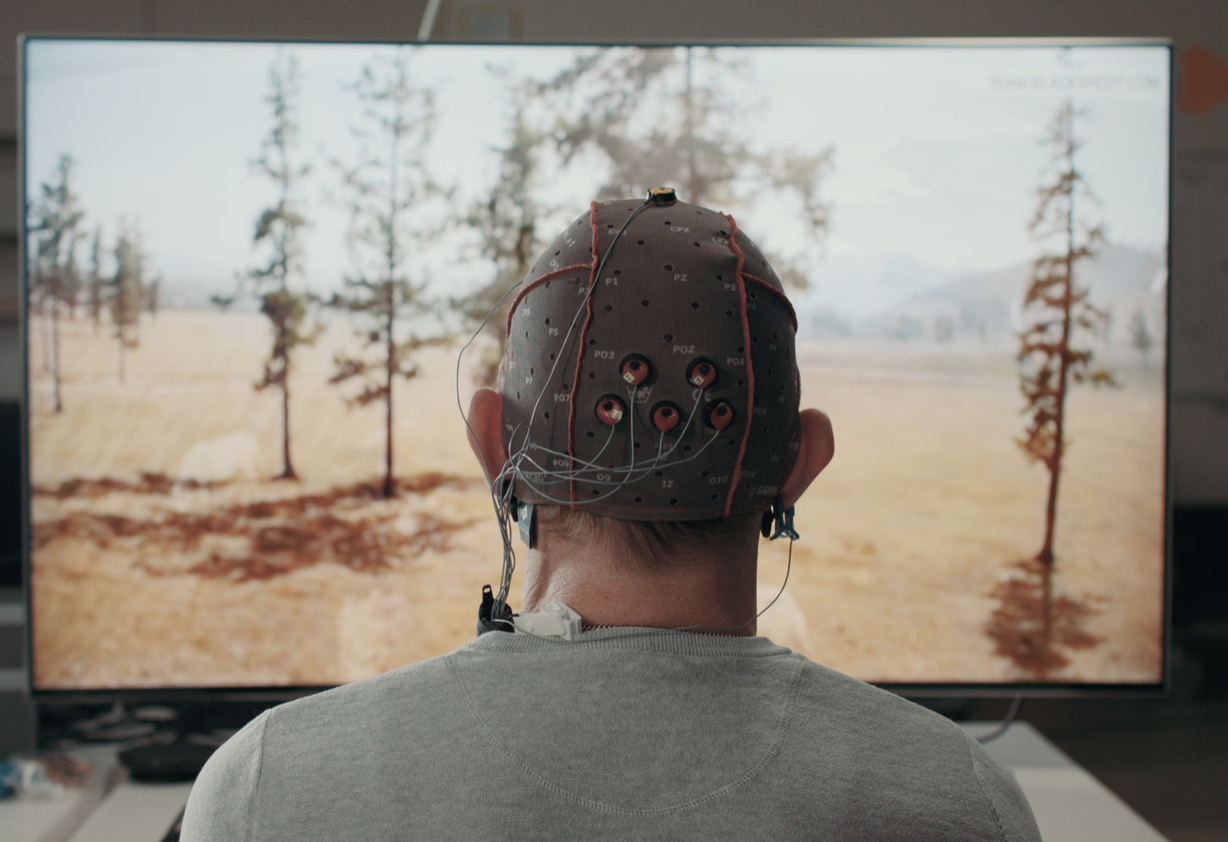
Thought controlled television
Samsung and EPFL researchers, including Ricardo Chavarriaga, are developing Project Pontis, a BCI system meant to allow the disabled to control a TV with their thoughts. The prototype uses a 64 sensor headset plus eye tracking to determine when a user has selected a particular movie. Machine learning is used to build a profile of…